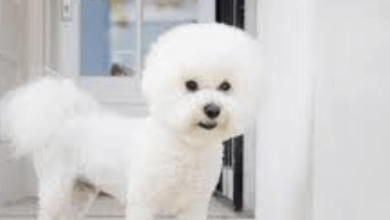Drawing:Djnm7bfefze= Cat

Welcome to the world of ‘Drawing: Drawing:Djnm7bfefze= Cat’, where artistic expression meets the feline form. As creators seeking to capture the essence of these graceful creatures on paper, we embark on a journey of skill and imagination.
With the freedom to explore various techniques and styles, we delve into the intricacies of cat anatomy, textures, and shading. By following the outlined steps, we can bring our drawings to life, embodying the spirit of creativity and individuality.
Let us embrace the challenge of translating the beauty of cats onto our canvases, guided by the principles of artistry and the joy of unrestricted creation.
Choosing the Right Reference Image
The selection of an appropriate reference image is crucial for accurately capturing the unique characteristics of a cat when creating a drawing.
Choosing the right reference image ensures the accuracy and authenticity of the final artwork.
The importance of selecting a high-quality reference image cannot be overstated, as it serves as the foundation for a successful depiction of the feline subject.
see also: Drawing:3n8islyqucw= Pokemon
Sketching the Basic Cat Anatomy
To accurately sketch the basic cat anatomy, one must understand the fundamental skeletal structure and proportions of feline anatomy. This knowledge is crucial in capturing the essence of a cat’s physique.
Additionally, comprehending the variations in fur patterns contributes to creating a lifelike representation. Understanding proportions ensures that the sketch conveys the grace and agility characteristic of these elegant creatures, enhancing the overall realism of the artwork.
Adding Details and Textures
Continuing from the exploration of basic cat anatomy, incorporating intricate details and textures elevates the depth and realism of the drawing. Adding fur textures can be achieved by using different tools like fine-tipped pens or brushes.
Experimenting with color palettes is essential for creating depth in the fur, utilizing shades and highlights. These techniques add dimension and bring the cat drawing to life with a vibrant and textured appearance.
Enhancing Realism With Shading
Enhancing realism in cat drawings can be effectively achieved through strategic shading techniques. By utilizing blending techniques and incorporating highlights, artists can create depth and contrast, giving their drawings a lifelike appearance.
Blending colors seamlessly and adding highlights to areas where light hits the cat’s fur can enhance the three-dimensional quality of the drawing, making it more engaging and realistic to the viewer.
Conclusion
In conclusion, mastering the art of drawing a cat involves choosing a suitable reference image, sketching the basic anatomy, adding details and textures, and enhancing realism through shading.
By following these steps, artists can create lifelike and expressive cat drawings. Despite the challenge of capturing the intricacies of feline features, practicing these techniques will help artists develop their skills and create stunning artwork that truly captures the essence of a cat.




